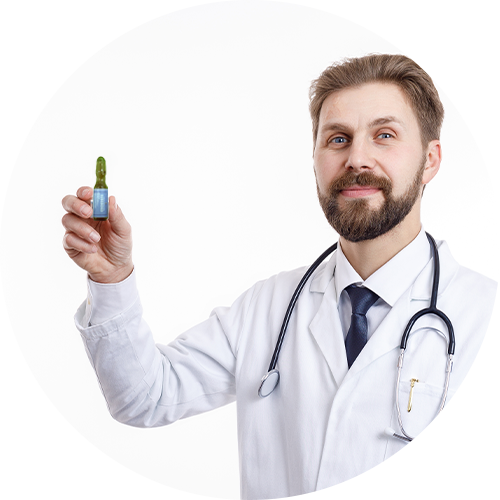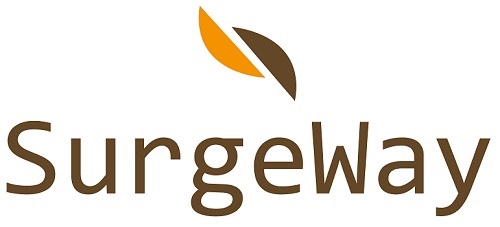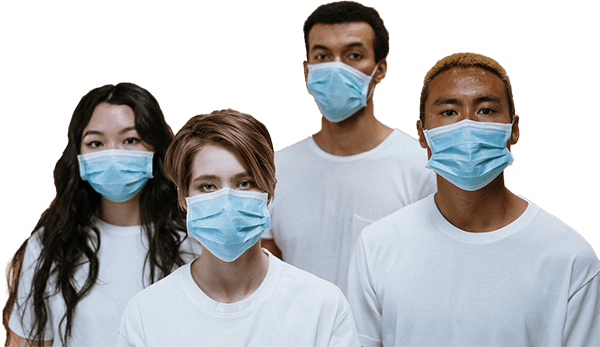Knowledge Center
- Home
- »
- Knowledge Center
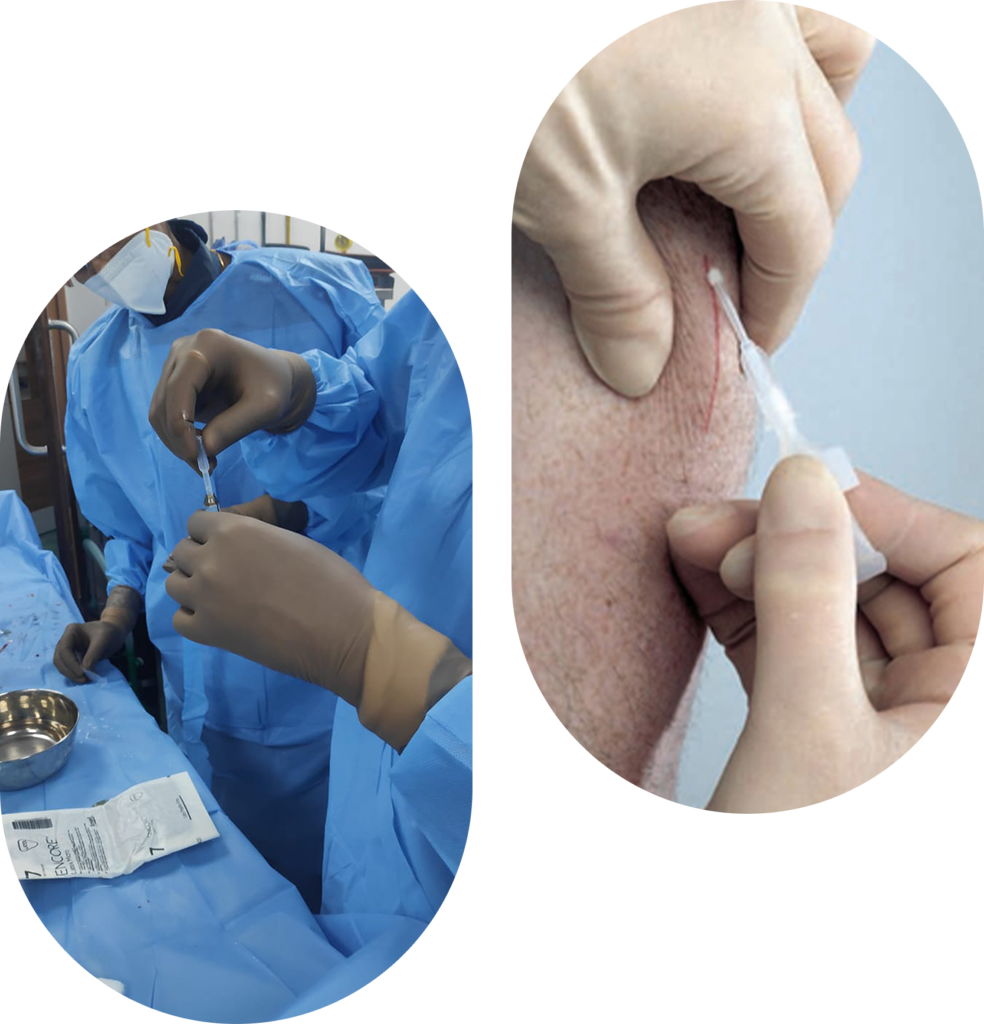
Introduction
-
Surgbond is a medical skin adhesive that is used to glue the sides of an incision or injury closed
-
It has been shown to improve healing rates, reduce the chances of an infection, and the patient spends less time seeking medical attention
-
Surgbond is sometimes used instead of stitches for small incisions and lacerations. Surgbond can also be used in conjunction with deep dermal stitches
-
Surgbond results have been extensively reviewed and proven through clinical studies
Pharmacological information
-
Surgbond is a sterile blue colour topical adhesive. It is a liquid in its monomer form and polymerizes instantaneously when it comes in contact with water or body moisture
-
The polymeric matter forms a thin film, which holds the wound edges together, tightly. Because of this property, it is specifically suitable for the adhesion of skin

How does Surgbond works?
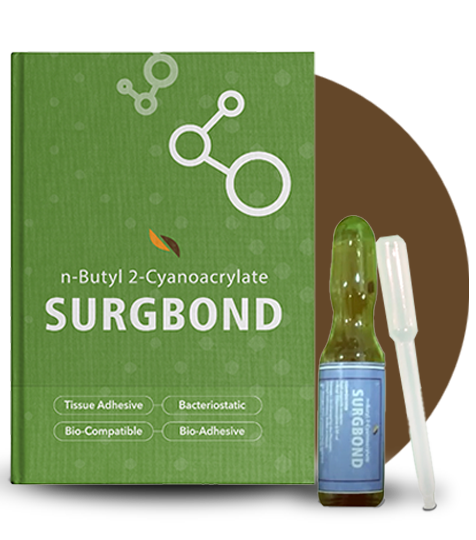
-
Surgbond Surgical Skin Glue provides a secure, topical skin closure system to add protection and strength when closing surgical incisions, and previously cleansed traumatic lacerations. This allows for normal healing below the topical application. The healing takes place between the wound edges as a strong bond is formed using a cyanoacrylate tissue adhesive. The application replaces sutures 5-0 or smaller in diameter for both laceration and incision repairs
-
The closure device is always critical to the support of the skin tissues to prevent wound edges from separating. Bacterial contamination and infection are therefore reduced, suboptimal cosmesis (ugly scarring) is avoided, and patient satisfaction is improved
-
Surgbond adhesive is mainly used by surgeons in an operating room when incisions need to be sealed quickly, cleanly and securely. It is also used for wound closure in first aid situations, like in emergency rooms and clinics, and in people’s homes for family members.
Application guide
-
When you are ready to use Surgbond, first clean the oozing blood and dry the wound area as far as possible
-
Approximate the wound edges precisely. For larger wounds, forceps may be used to hold the edges of skin. Take out the applicator tube
-
Take out the ampoule and cut off at the tip holding it vertically. Draw the whole Surgbond from the ampoule into the applicator
-
After holding the skin in approximation, apply few droplets of Surgbond from the applicator at intervals to facilitate holding
-
Apply a thin layer of Surgbond throughout the approximated wound and allow it to dry for about two minutes. The applied film should extend to at least ½ a cm on either side of the approximated wound (i.e. on the healthy skin on either side)
-
For better adhesion, do not apply Surgbond into the wound, but apply on top of the approximated area, as a bridge
-
Intermittent temporary supportive sutures may be applied for wounds larger than 7 cms
-
As practiced, internal absorbable sutures should be applied for deeper wounds before the final closure with Surgbond
-
Contact with water should be avoided for at least 4 days after closure with Surgbond
-
One ampoule is for single use only. Left over adhesive must be discarded
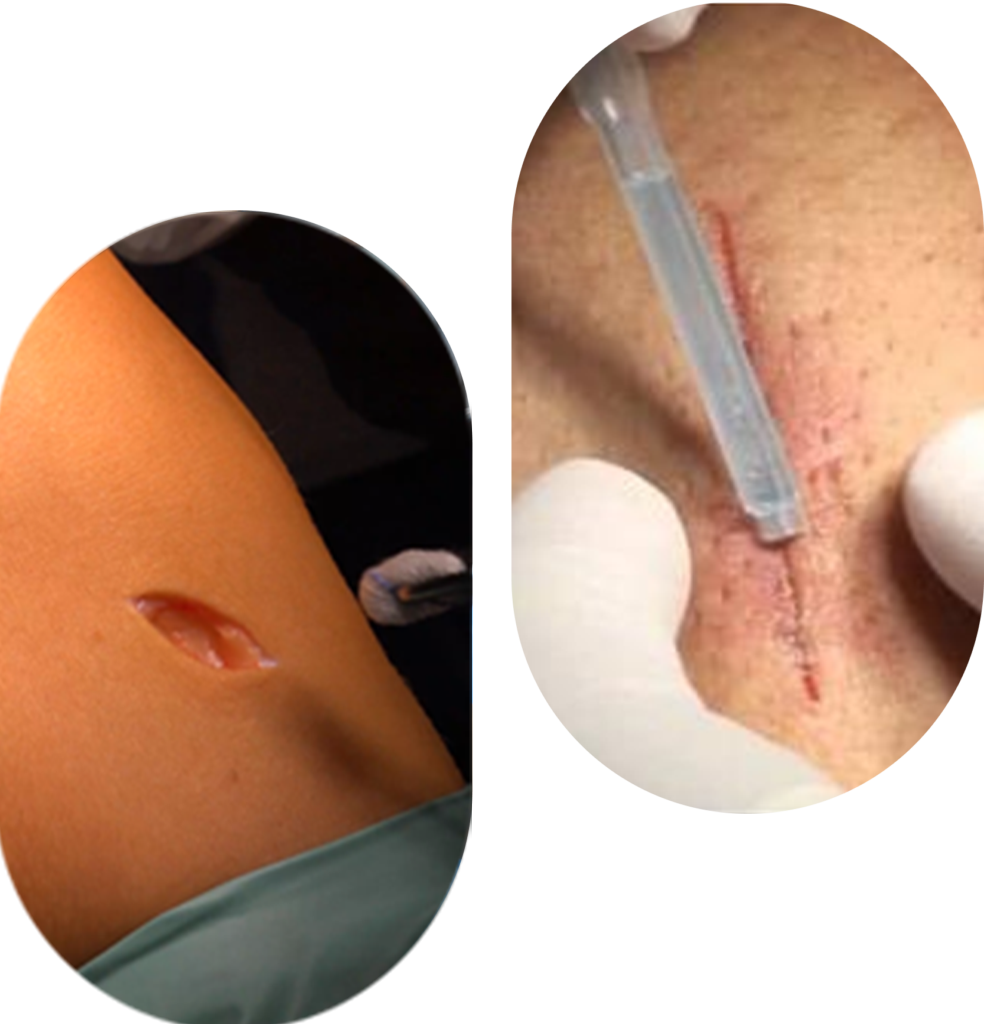
Publications on n-Butyl-Cyanoacrylate
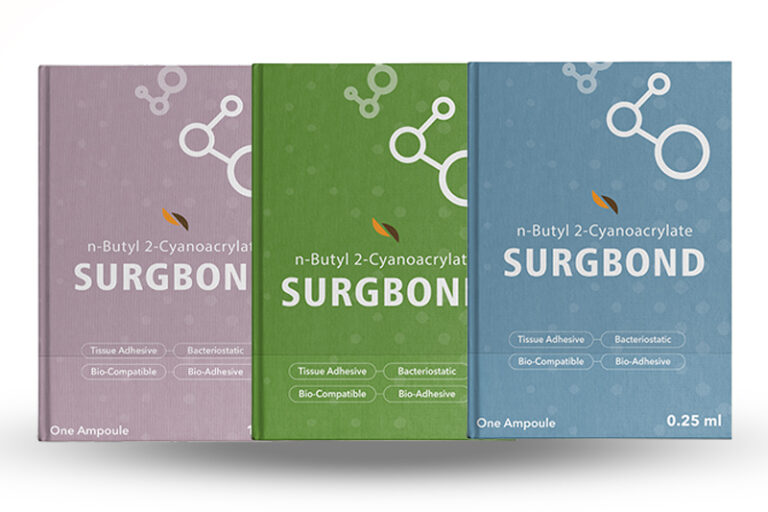
Publications on n-Butyl-Cyanoacrylate
Our results demonstrate that administration of N-butyl-cyanoacrylate for the closure of small low-tension surgical incisions in the pediatric population is safe, has a low complication rate, and produces excellent cosmetic outcomes.
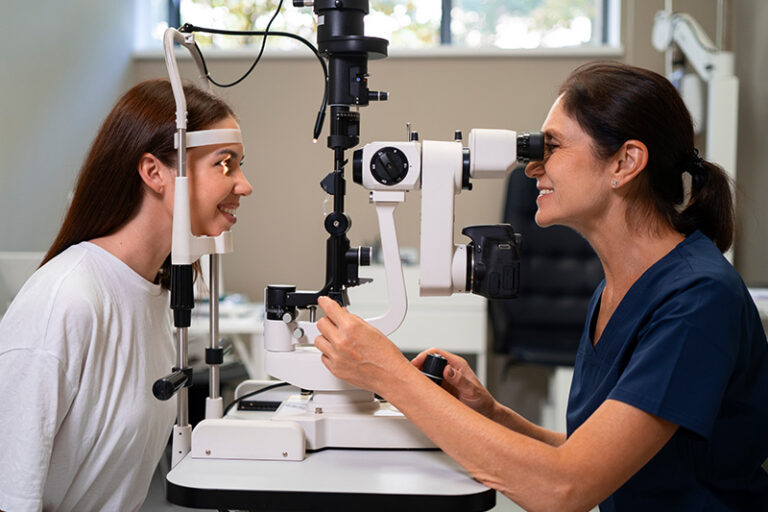
Published on Delta Journal of Ophthalmology
N-Butyl-cyanoacrylate wound closure is potentially safer as no needles are used, does not need any wound dressing postoperatively or postoperative removal of stitches, besides it provides high level of satisfaction for both patient and surgeon.
Usage of Surgbond
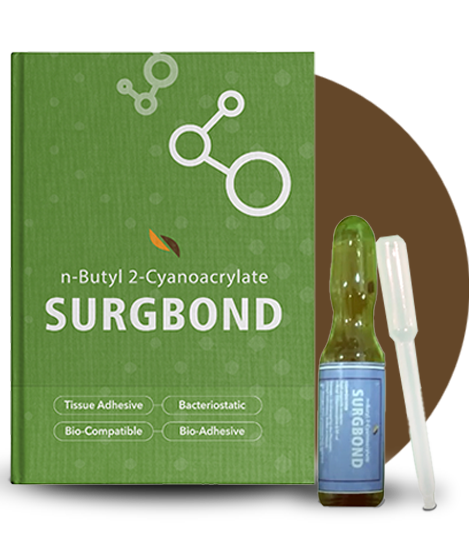
-
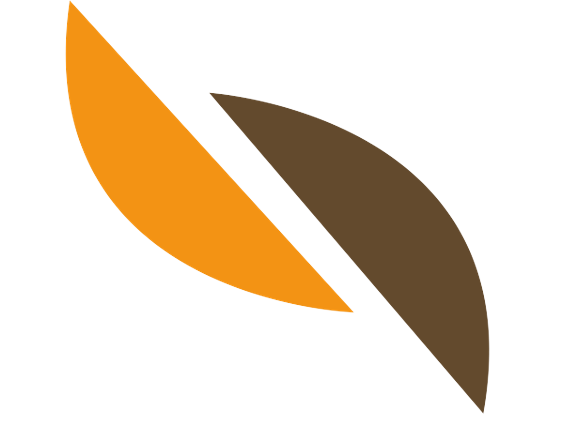 Remove SURGBOND package from storage and bring it to room temperature
Remove SURGBOND package from storage and bring it to room temperature -
 Clean and dry the wound area immediately
Clean and dry the wound area immediately -
 Snap the tip of the SURGBOND ampoule at the marked area carefully
Snap the tip of the SURGBOND ampoule at the marked area carefully -
 Approximate the wound edges. Forceps can be used to hold the edges of the skin
Approximate the wound edges. Forceps can be used to hold the edges of the skin -
 Apply a thin layer of SURGBOND throughout the wound. Allow it to dry for about 2 minutes
Apply a thin layer of SURGBOND throughout the wound. Allow it to dry for about 2 minutes
Do’s & Don'ts

- Apply in Thin Layers ! Use at least three layers for strong adhesion.
- Ensure the wound is dry and clean before applying SURGBOND.
- Hold the wound edges together while applying the adhesive
- Use immediately after drawing it into the applicator to prevent premature curing.
- Store in a cool, dry place to maintain product efficacy.
- Use the appropriate quantity:
- 0.50 ml covers up to 10 cm of wound area.
- 1.00 ml covers up to 20 cm of wound area.

- Do not apply on infected wounds, deep puncture wounds, or mucosal surfaces.
- Avoid contact with eyes, mouth, or internal tissues.
- Do not use on wounds with excessive bleeding or in patients with blood clotting disorders.
- Do not use on wounds with excessive bleeding or in patients with blood clotting disorders.
- Do not stretch or pull the wound edges apart after application.
- Avoid applying in thick layers, as this may reduce effectiveness and prolong drying time.
- Do not use if the patient has known allergies to cyan
If it sticks where it shouldn't, apply petroleum jelly or acetone to help remove it.
Interested in collaborating with us?
SURGBOND– A preferred choice of clinicians and patients for safe, secure, and effective wound closure.
